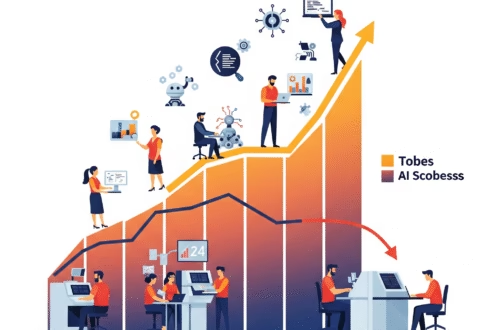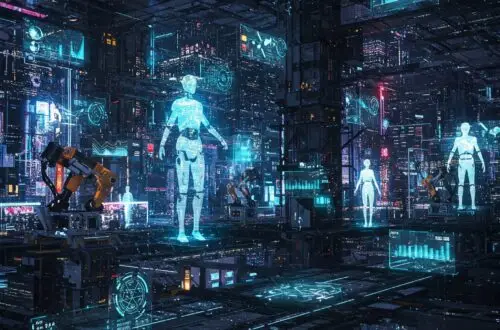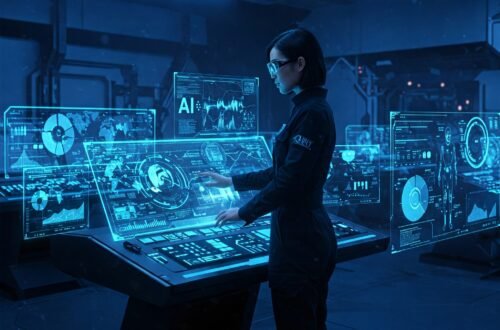The Rise of Generative AI: How Machines Became Creative Geniuses
Once upon a time, robots could barely vacuum a floor without eating your socks. Fast forward to today, and AI is composing symphonies, painting portraits, and even writing this blog post (well, almost). Generative AI is the Picasso of the digital age, blending data, algorithms, and a dash of mathematical magic to create content that surprises even its creators.
What is Generative AI?
Generative AI refers to algorithms (like GPT and DALL-E) that can produce new content—text, images, music, and more—by learning patterns from massive datasets. Think of it as a chef who’s read every cookbook and can now whip up a brand-new dish no one’s tasted before.
Features
- Text generation (articles, poetry, code—yes, even limericks!)
- Image and video synthesis (AI art, deepfakes, and more)
- Music composition (from classical to EDM, AI’s got rhythm)
Advantages
- Speeds up creative workflows—no more staring at a blank page!
- Opens new doors for collaboration between humans and machines
- Accessible to everyone, not just tech wizards
Disadvantages
- Sometimes creates content that’s… well, a bit weird (AI’s sense of humor is a work in progress)
- Raises questions about originality and copyright
- Potential for misuse (deepfakes, anyone?)
In summary: Generative AI is like a super-creative intern—brilliant, sometimes unpredictable, but always interesting. Embrace the future, but keep your socks safe.




